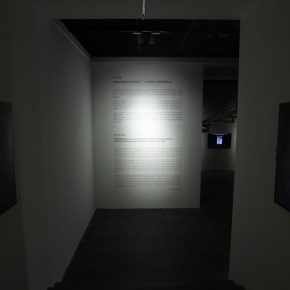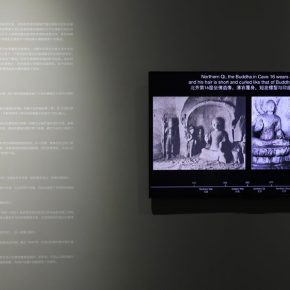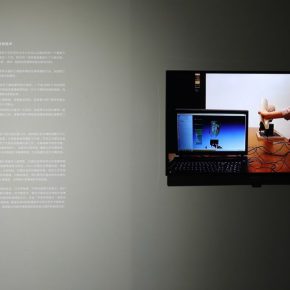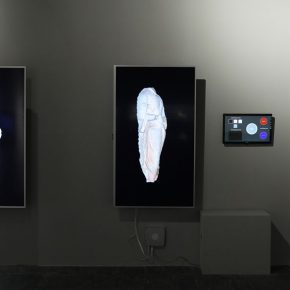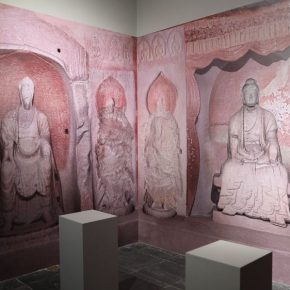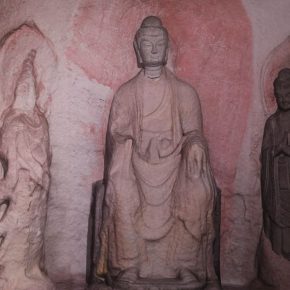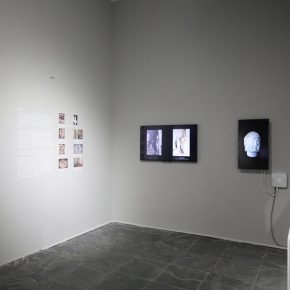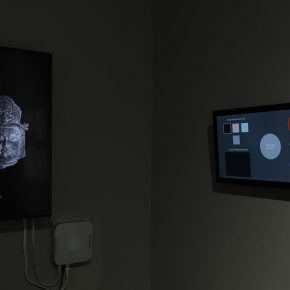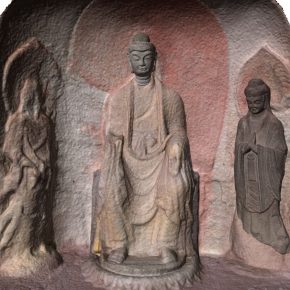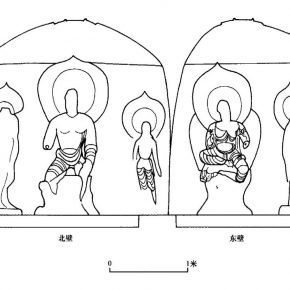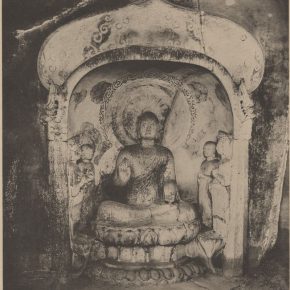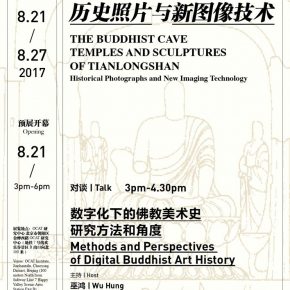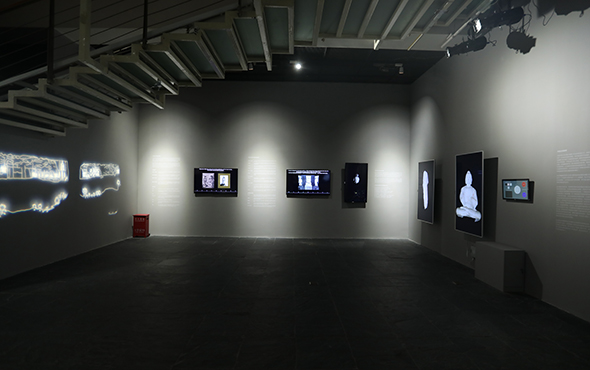
On August 21, 2017, jointly hosted by OCAT Institute and the University of Chicago Center for the Art of East Asia, the exhibition entitled “The Buddhist Cave Temples and Sculptures of Tianlongshan: Historical Photographers and New Imaging Technology” opened at the OCAT Institute. It is an exhibition of academic research on the Tianlongshan Grottoes and Buddha statues, as well as a case of digital imaging technology applied to the field of cultural relics. It tries to use the early photographic literature and new image technology, to recall the history of the Tianlongshan Grottoes, and reproduces its original style and features.
On the opening day of the exhibition, the organizer also held an academic discussion on the “Research Methods and Perspectives of the History of Buddhist Art using Digital techniques”, Prof. Wu Hung from the Department of Art History at the University of Chicago, Executive Director of the OCAT Institute, Katherine R. Tsiang, Associate Director of the University of Chicago Center for the Art of East Asia, Prof. Wei-Cheng Lin from the University of Chicago, and Zhang Xiao, Director of the Institute of Digitalization of the Art Heritage Institute of Taiyuan University of Technology shared the history of the building of the Tianlongshan Grottoes, the meaning of art history, the status of the development of the Buddha statue, and the origin of the digital restoration project, technical program and periodic results. Among them, Prof. Wu Hung from the Department of Art History of the University of Chicago, talked about the project and said that, on the one hand, it is due to changes in the research method of art history, the previous study of art history was more inclined to the study the style of each statue, while the study now is more inclined to return to the context relationship between the environment of the original caves and the surrounding buildings, and to extend to the religious ideas and ritual system behind the statues; on the other hand, due to political and historical reasons, the statues are scattered worldwide throughout major art museums and museums, we can’t reverse history, but we use new technology to integrate the statue and the original environment, which is a new way of research and also declares where it stands in history.
Located in the southwest of Taiyuan City, Tianlongshan Grottoes began to be build in the 7th century, namely the East Wei and North Qi Dynasties, and then a large number of fine caves in the North Zhou, Sui, Tang dynasties were built, showing the process of Chinese grottoes art of the North Dynasty, replaced by the ones of the Sui and Tang Dynasties. In 1918, the Japanese scholar Sekino, Tadashi visited the Tianlongshan Grottoes, which attracted both the attention of the world and the arrival of the antique dealers, who cut and stole the original statues’ heads, bodies or trunks from the stone walls and then sold them to the collectors all over the world for personal benefit, and it has emerged that more than 100 statues and residual statues were lost overseas. Tianlongshan Grottoes has also become one of China’s most damaged grottoes.
The University of Chicago Center for the Art of East Asia launched this project in 2013. Katherine R. Tsiang, Associate Director of the University of Chicago Center for the Art of East Asia is a Chinese-American descendant, who learnt the Tianlongshan Grottos from the teacher Harrie A. Vanderstappen, and had an idea to use digital technology to restore the grottoes when Katherine visited the ruins and saw the decaying state, so that more people can learn about the historical and religious significances of the Tianlongshan Grottoes, as well as the cultural and natural environments of the grottoes.
The Center for the Art of East Asia uses three-dimensional scanning technology to finish extensive records and archiving of the statues of the grottoes which are scattered overseas. Under the auspices of the Tianlongshan Bureau for Preservation of Cultural Relics, the College of Art at the Taiyuan University of Technology scanned the caves, combining the caves and three-dimensional information of the lost statues, to ultimately achieve a digital reconstruction of the whole appearance of the caves. This exhibition can be seen as the show of the periodical results of the project, and also as an exploration of the combination of historical images and a new digital display using technology (including video, human-computer interaction and virtual reality), in order to create more educational and attractive exhibitions in the future.
This preview week remains on view till August 27, and together with the project of “Ruins • Items • Biography: Archeology and Photography” displayed by the team of the Oxford University, to constitute the annual exhibition of the OCAT Institute 2017, which is entitled “Ruins and Images – Two Research Programs of the Oxford University and the University of Chicago”. These two exhibitions are juxtaposed to offer comparative examples in the field of “global art history”, reflecting a new direction in the current study on the art history, and through it to enhance the connection and interaction between the circles of art history at home and abroad. The whole exhibition is about to be presented on September 15.
Text by Zhang Wenzhi, translated by Chen Peihua and edited by Sue/CAFA ART INFO
Photo by the organizer


